SGGP
On November 22, the government of Israeli Prime Minister Benjamin Netanyahu supported a deal to free several hostages in the Gaza Strip. The deal was approved by a majority vote at a cabinet meeting.
The first big breakthrough
The deal allows for the release of 50 people, mostly women and children, in groups of 12-13 each day. In return, Israel agreed to a ceasefire of at least four days. The hostages are expected to be released within 24 hours of the deal being announced, with the first hostages likely to be freed on the morning of November 23. Israel said Hamas has been holding about 240 hostages since the conflict broke out on October 7. According to CNN, the Israeli government also raised the possibility of the ceasefire lasting more than four days, and announced in a statement that for every 10 hostages released, there would be an additional day of ceasefire.
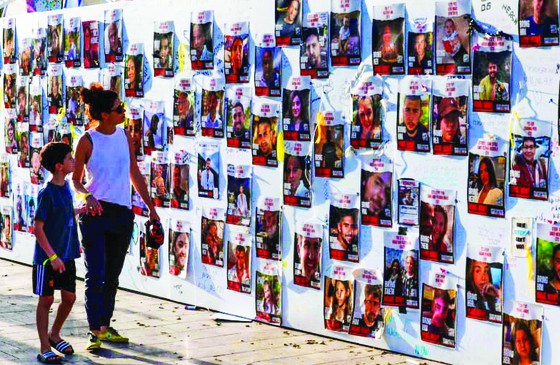 |
| Images of hostages in the Gaza Strip |
Israel also agreed to release Palestinian women and minors from prison to return to their homes, mainly in the West Bank and East Jerusalem. Hamas cited the number of freed 150 in a statement welcoming the “humanitarian truce.” Israel also completely halted ground operations by the Israel Defense Forces in the Gaza Strip and ended air operations over the territory. Hamas’s statement on the deal also contained similar details.
Seen as the first major breakthrough in diplomatic efforts to end the conflict in the Gaza Strip, the deal comes after weeks of intense negotiations between Israel, Hamas and the US, with Qatar acting as the main mediator. Three US citizens will be released under the deal, including a three-year-old girl who lost her parents in the conflict. Russia and China have welcomed the deal. European Commission President Ursula Von der Leyen has also expressed support for a ceasefire in order to exchange hostages in Gaza.
However, Prime Minister Netanyahu said that during the few days of lull in the conflict, intelligence efforts were maintained, allowing the military to prepare for the next stages.
Support at multiple levels
The Israeli Prime Minister’s Office has also developed a process for releasing and handing over hostages. Hostages returning from Gaza will undergo an initial medical examination by the authorities and be taken to one of five medical centers in Israel to meet their families. In the next phase, some hostages may have to exchange information with security officials before being allowed to go home.
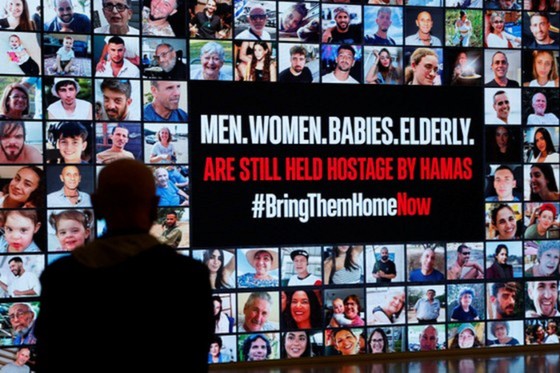 |
| Photos of hostages in the Gaza Strip are placed in Tel Aviv, Israel. Photo: REUTERS |
Al Jazeera analyst Marwan Bishara said the deal, though temporary, would be helpful on many levels. Bishara said the welcome part of the deal was the release of Palestinian prisoners held in Israeli jails for years and the entry of trucks carrying medicine and fuel into the Gaza Strip. Meanwhile, the Qatari government hopes the deal will be the “seed” for a larger deal and a permanent ceasefire.
On the same day, the European Union (EU) gave the green light to maintain its development aid policy for the Palestinians, after detecting no signs of aid going to Hamas forces, but warned of closer monitoring in the future. The EU is the largest international aid donor to Palestinians in Gaza and the West Bank, with nearly 1.2 billion euros (1.3 billion USD) between 2021 and 2024. In recent weeks, the EU has quadrupled its humanitarian aid to the Palestinians, to 100 million euros (108.9 million USD).
Source


![[Photo] Opening of the World Cultural Festival in Hanoi](https://vphoto.vietnam.vn/thumb/1200x675/vietnam/resource/IMAGE/2025/10/10/1760113426728_ndo_br_lehoi-khaimac-jpg.webp)
![[Photo] Unique Phu Gia horse hat weaving craft](https://vphoto.vietnam.vn/thumb/1200x675/vietnam/resource/IMAGE/2025/10/10/1760084018320_ndo_br_01-jpg.webp)



![[Photo] Ho Chi Minh City is brilliant with flags and flowers on the eve of the 1st Party Congress, term 2025-2030](https://vphoto.vietnam.vn/thumb/1200x675/vietnam/resource/IMAGE/2025/10/10/1760102923219_ndo_br_thiet-ke-chua-co-ten-43-png.webp)
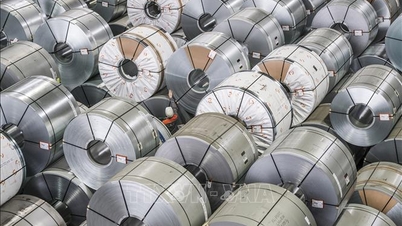



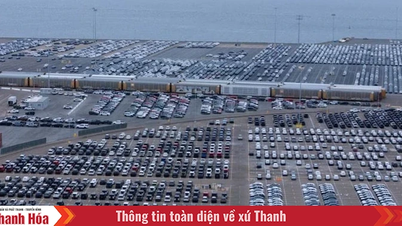
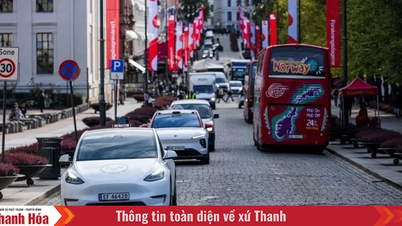
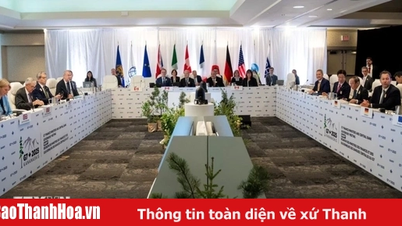
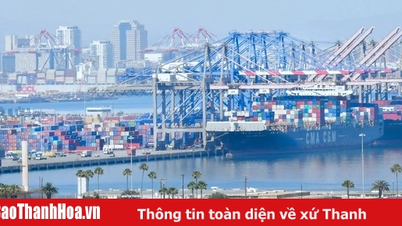
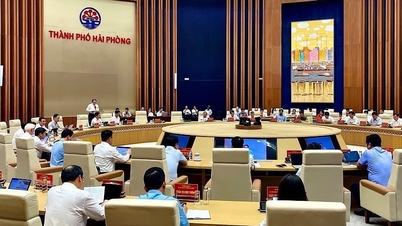



















































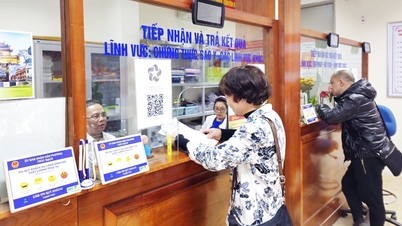





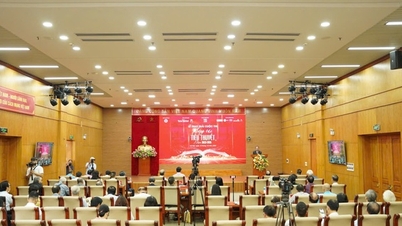
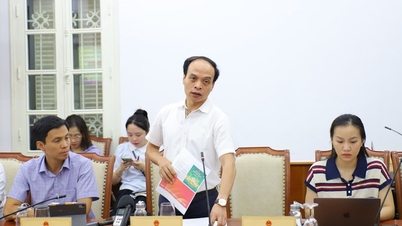









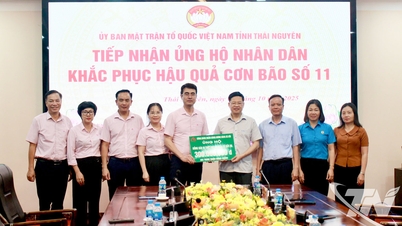

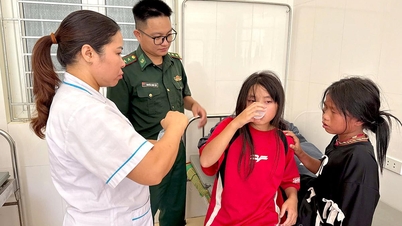















Comment (0)